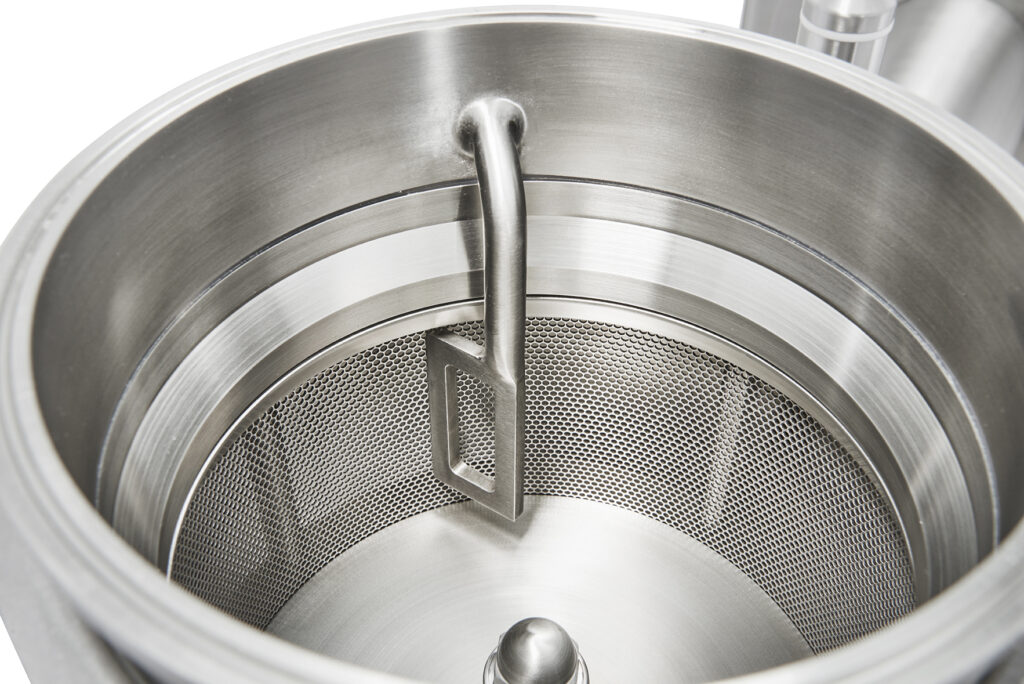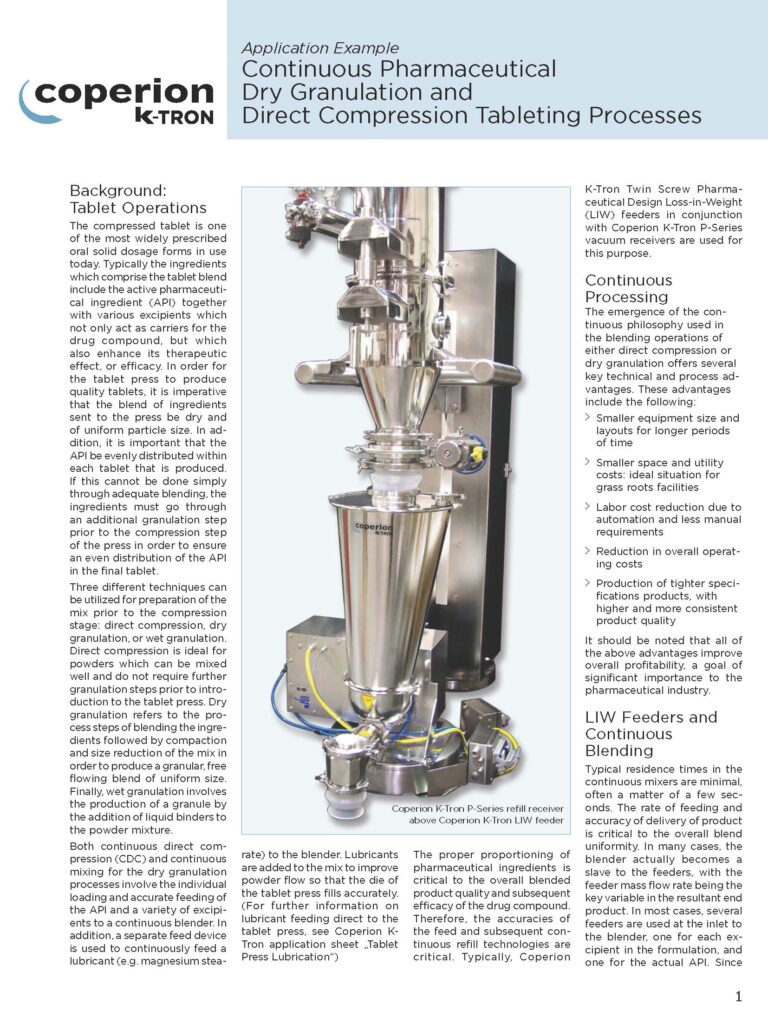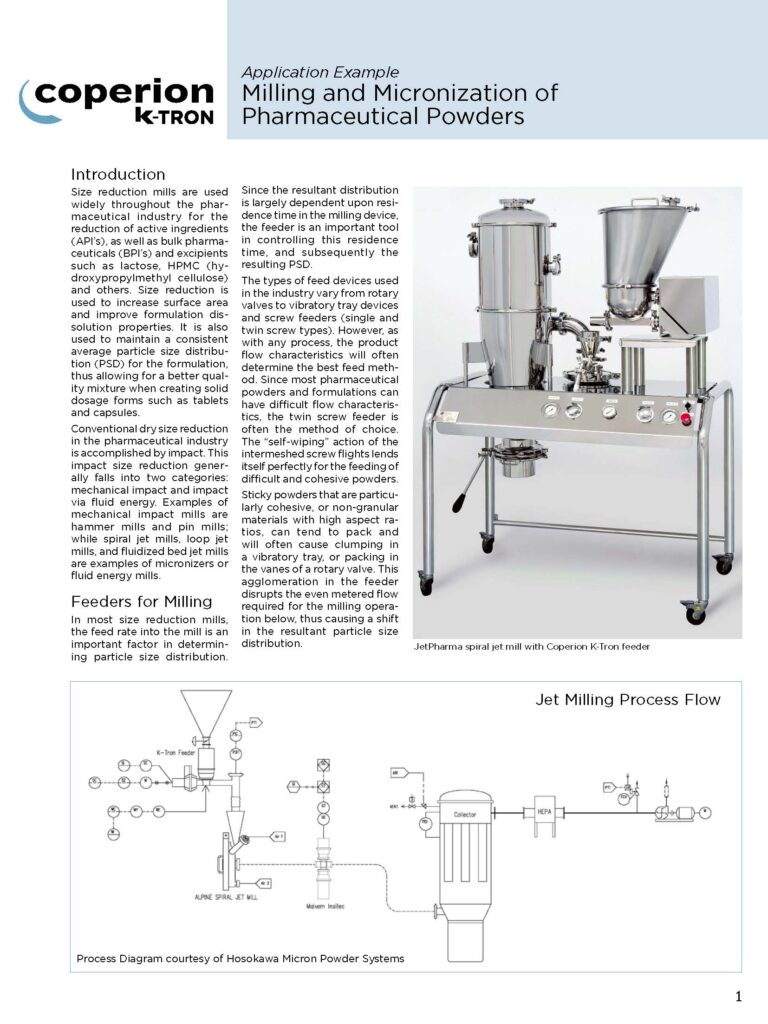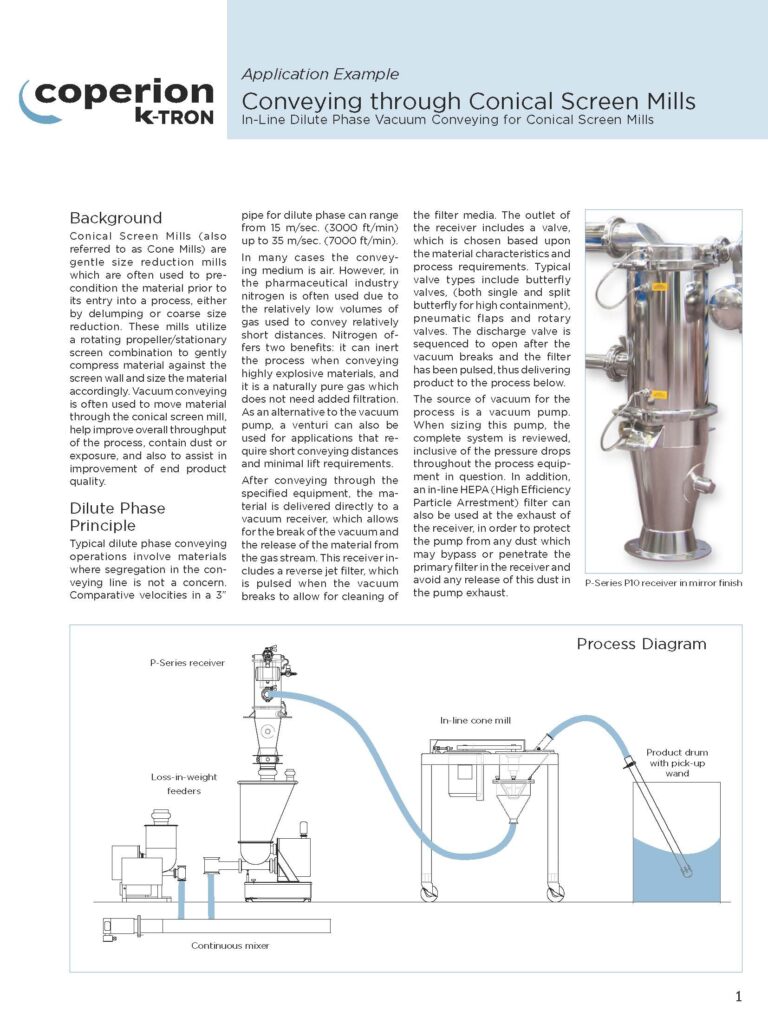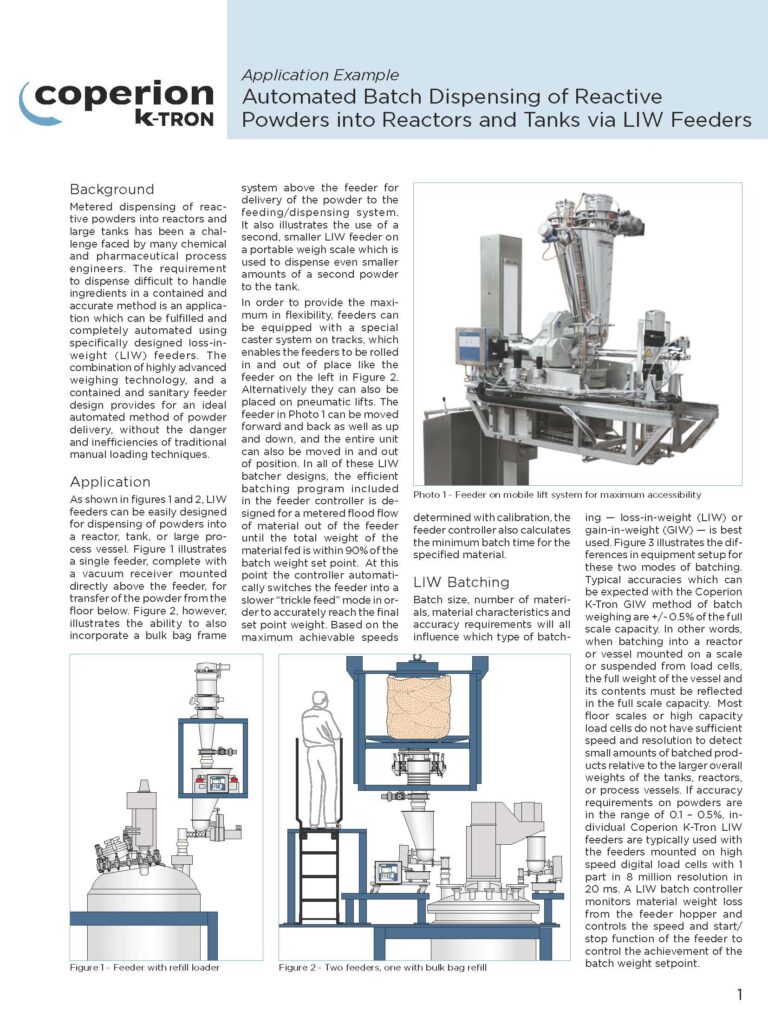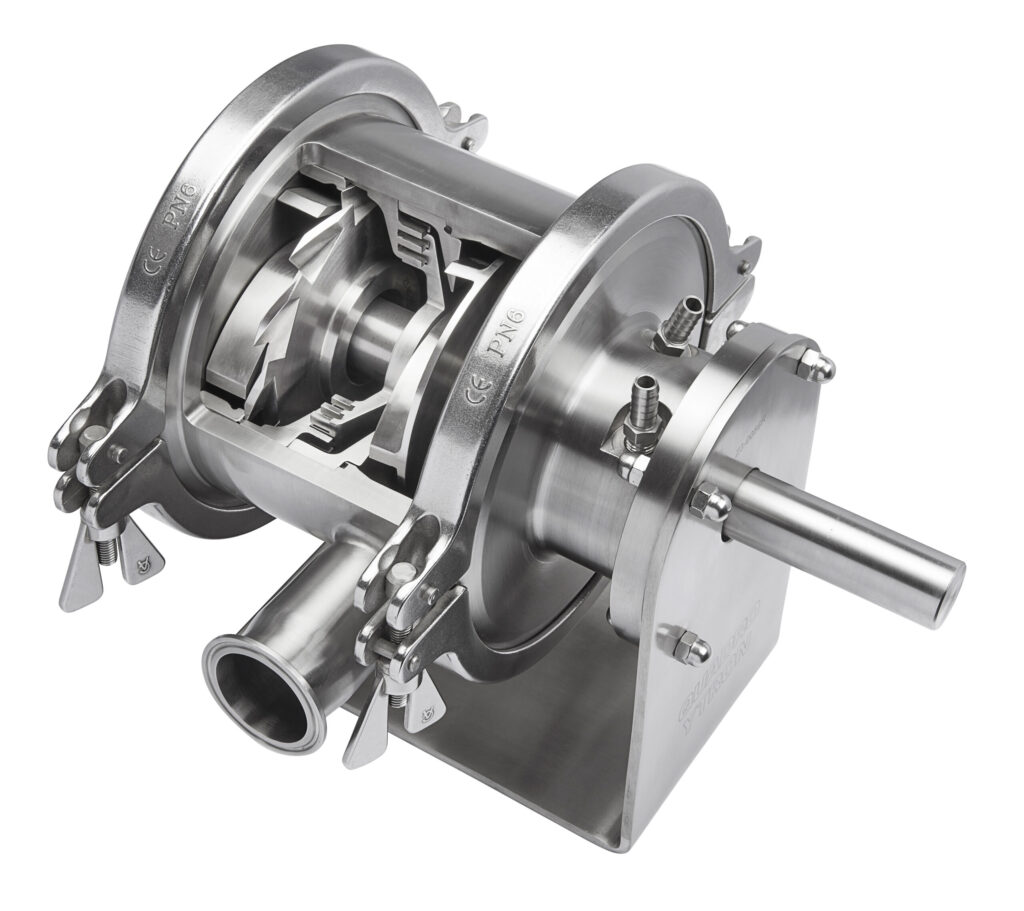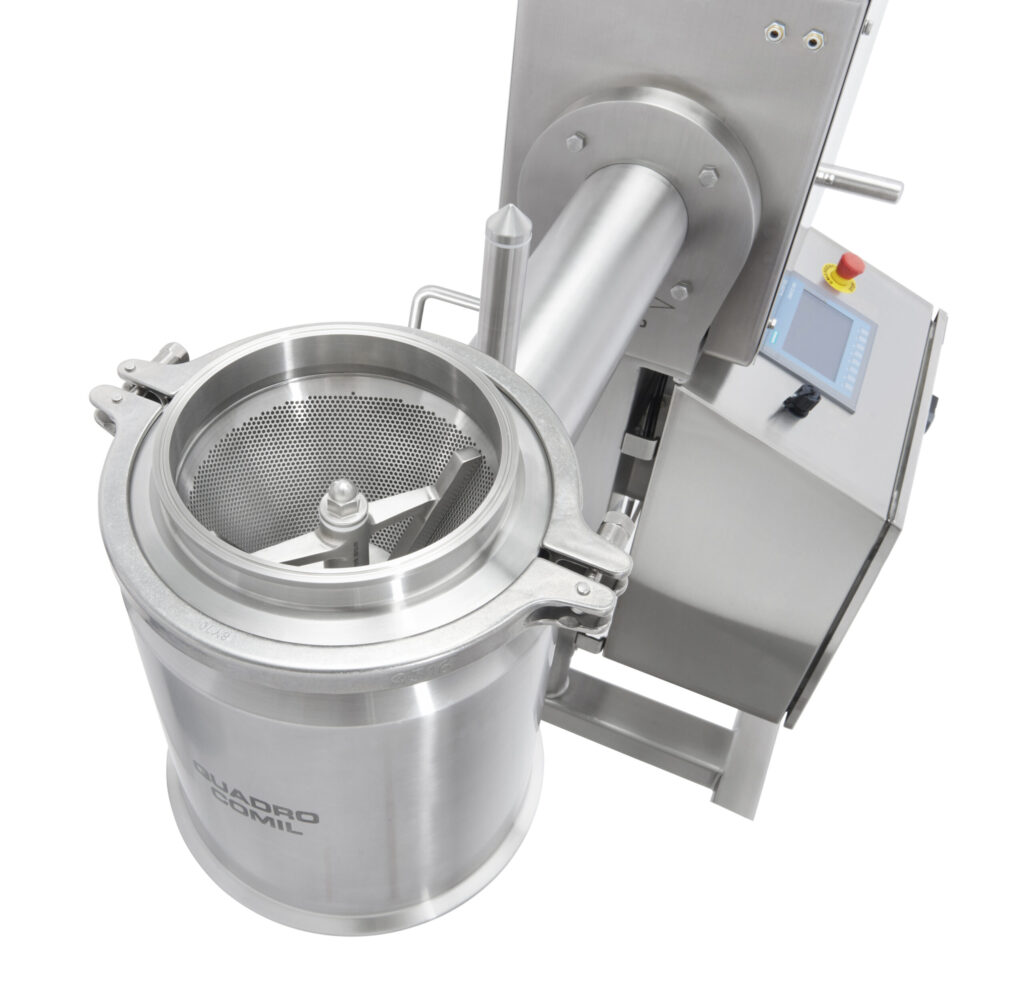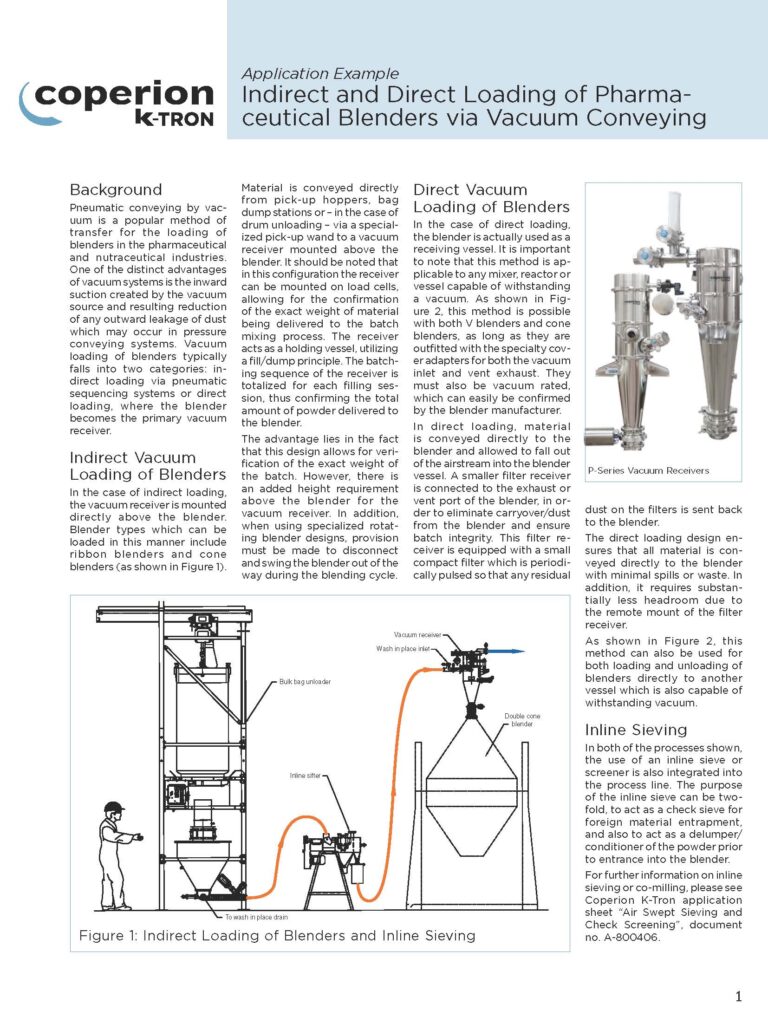Sifting and Screening for Sluggish Nutraceutical Powders
Given that we are discussing “sluggish” powders possessed of a very high angle of repose, the whole challenge is to transfer the precise energy necessary which would allow the good product material particles to pass through the screens as efficiently as possible.
In the case of nutraceuticals, another clear goal is the removal of all possible contaminants, including products of previous processing: bits of paper and bag liners, closures, scale from processing equipment upstream, etc., that ends up in the product fraction.
Whether a particular ingredient requires sifting/screening, scalping, de-lumping or conditioning to create a homogeneous powder ready for blending, manufacturers generally have a choice of these innovative technologies.
Sifting and Screening for Sluggish Nutraceutical Powders Read More »


